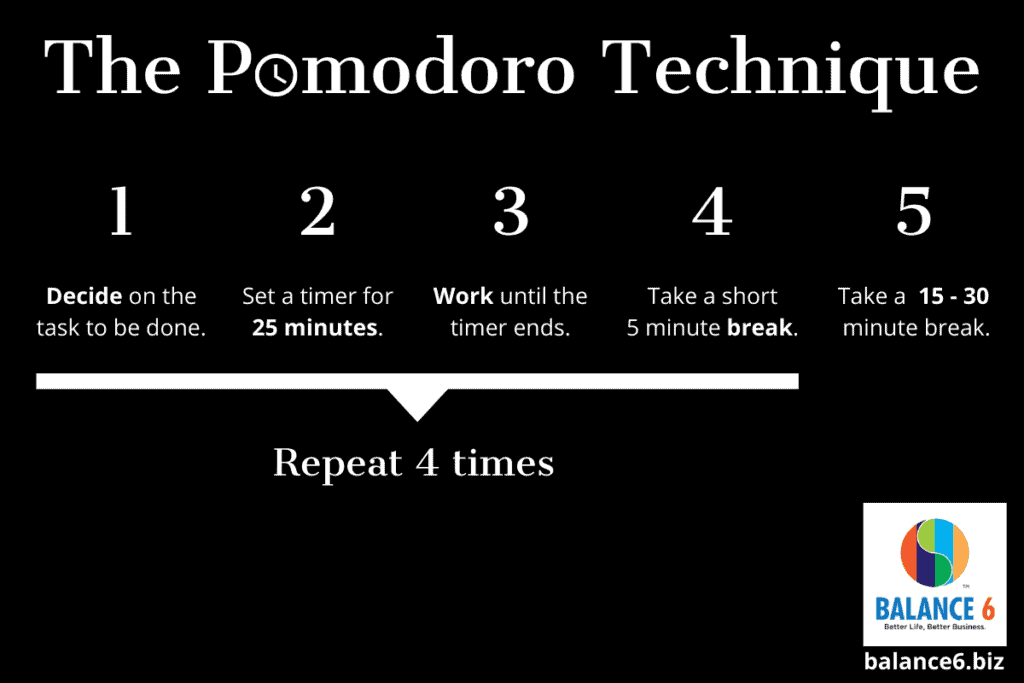Time is subjective. It depends on how far you’re going and how quickly or slowly it is going to be. High-performance professionals such as musicians and athletes find that time also comes to a halt when they play in a so-called flow condition. You should control your knowledge, goals, and focus instead of wasting resources.
Here are three time management principles that you should start using right now to get the most out of your time.
1. The Eisenhower Matrix
The Eisenhower Matrix helps you decide on and prioritize tasks by urgency and importance and helps you decide whether or not to delegate certain tasks or not do them at all.
To decide easily on high-level problems, divide your to-dos into four quadrants based on their urgency and significance.
- Urgent and important: things to do now.
- Urgent but not important: things to do now but you should try your best to delegate or eliminate this.
- Not urgent but important: things to focus on. When you do this, you will have fewer urgent tasks.
- Not urgent and not important: things to ignore or eliminate.
Not only is the Eisenhower Matrix allowing you to maximize your time on each task that you are working on, but it also gives you more insight and clarification on what you should not do.
2. Pareto Analysis
The Pareto Analysis, also known as the 80/20 Rule, tells us that 80% of effects arise from 20% of the causes – or in lamens terms – 20% of your actions or activities will account for 80% of your results.
In addition, the Pareto Analysis tells us that:
- 20 percent of the population owns 80 percent of the wealth.
- In software, 80 percent of errors and crashes could be eliminated by fixing 20 percent of the bugs.
- In business, 20 percent of products or customers bring in 80 percent of revenue.
3. The Pomodoro Technique

The Pomodoro method was discovered at the end of the 1980s by an engineer, Francesco Cirillo. The technique uses a timer to break down work into intervals, traditionally 25 minutes in length, separated by short breaks.
The Pomodoro Technique is a simple, useful concept:
- Before you start working on anything, decide on the tasks you want to get done.
- Then, for every 25 minutes, you work with total focus then take a five-minute break to remove yourself from the work. This is counted as one set.
- After the five-minute break, get back to the task and give it your full attention for another 25 minutes.
- Repeat these sets until the task is done.
- You can also take a longer break—15 to 25 minutes—after three to four sets of work and repeat the routine again.



